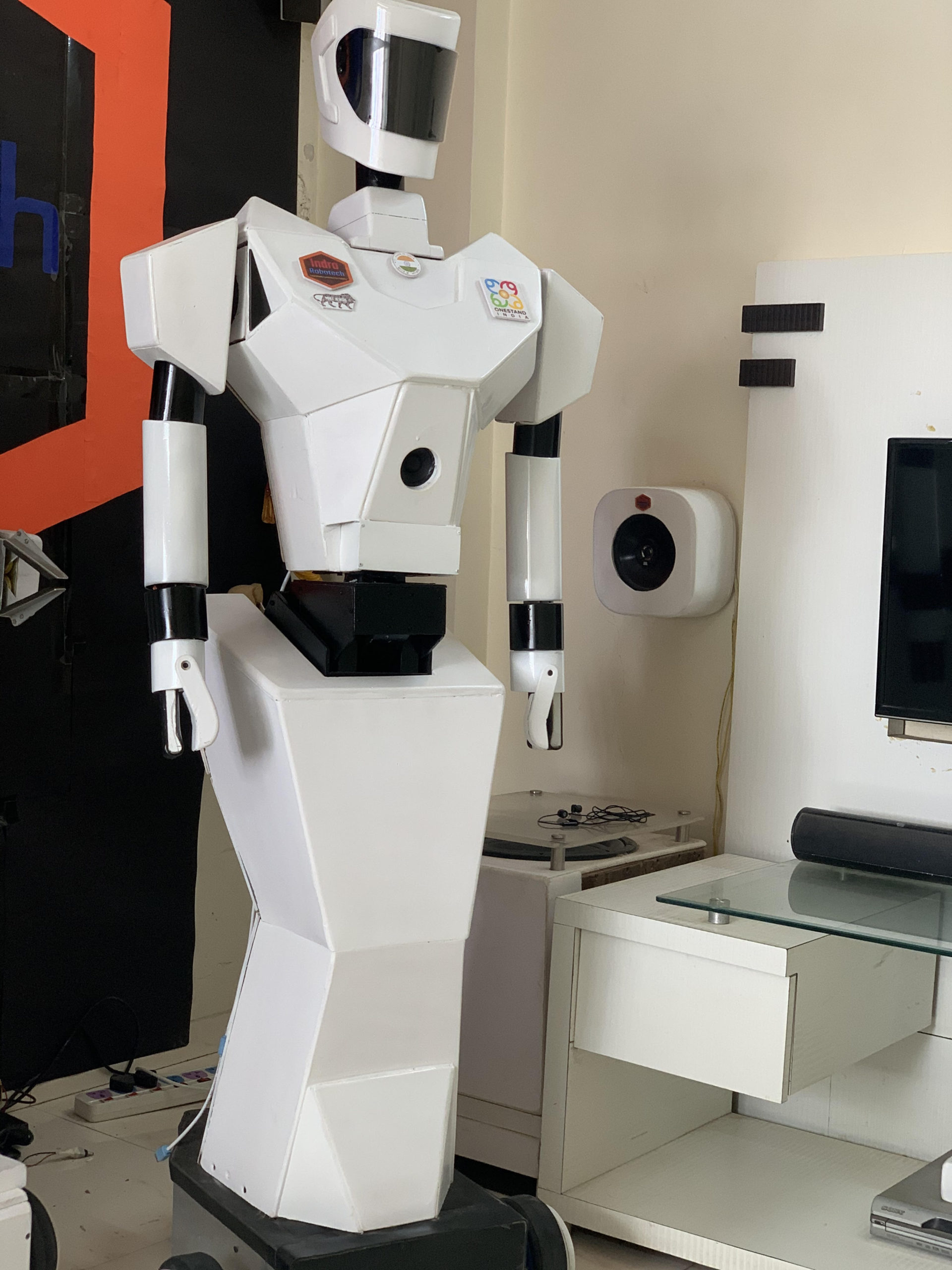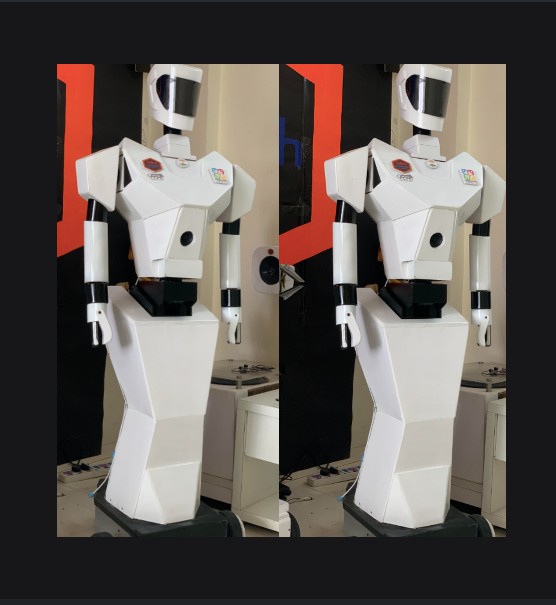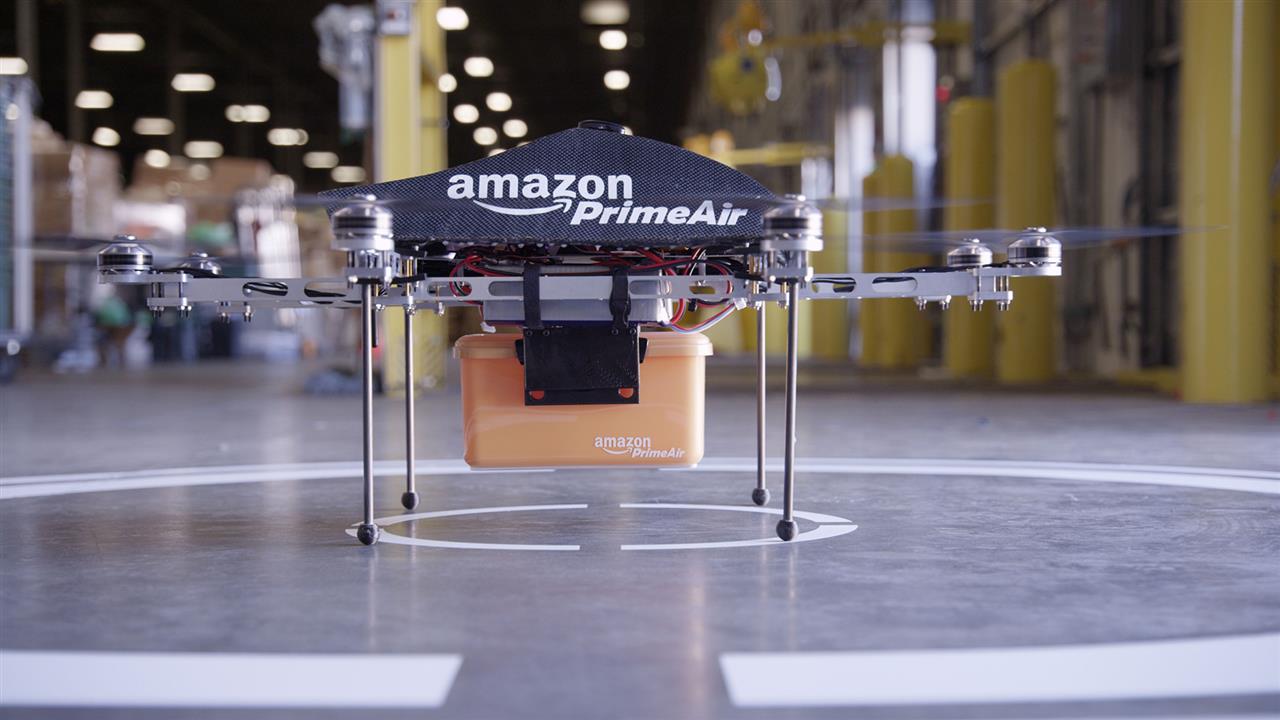Amidst the pandemic, now robots to do election campaigning
Taking into account the demand for vibrant interaction and mass mobilisation on large scale during election time, drone and robotic startup Onestand India Pvt. Ltd has developed a humanoid robot DOOT which can communicate and deliver the impression of a human being with excellent voice recognition, face recognition, and gestures.
The service can be availed by candidates contesting the election, political parties and election commissions along with various state and central agencies involved in elections in India.
Apart from giving recognition to Indian Innovation and manufacturing prowess, these robots campaigning for the candidates will also be time-saving as multiple humanoids could go multiple places at the same time.
The humanoid robot has 10 axes (joints), which will enable it to shake hands or wave at people, it will also be able to move its neck similar to a human being, it will also be capable of bending forward and backward with 90 degrees of freedom making it the only life-size humanoid robot in India with this capability.
This capability will enable the robot to greet people with a wide range of heights and pick/place objects from a lower height.
The humanoid robot is equipped with a massive custom-made 900 kg per centimeter (Torque) servo motor, which enables the full upper body to bend and raise with ease. It can also twist itself with 140 degrees of freedom, again making it the only humanoid in India.
It has been equipped with a custom-made 600 kg per centimeter (Torque) servo motor, to enable the full upper body to twist with ease and at a real-time speed. The robot can lift objects weighing up to 1 kg. HD cameras are located in the head of the robot, which enables the operator to look at the audience and record the attendees in case of gatherings.

The robot is equipped with 4th generation servo motors, which are indigenously manufactured. These motors barely make any noise and are tested to work in hot Indian conditions for long hours without any breakdown or need for servicing. The humanoids are built on an aluminum frame with industrial-grade components.
The company had earlier rented out drones to various municipal corporations in the state of Bihar for sanitisation in the first wave of the Covid-19 pandemic. The core team of the company is keenly involved in introducing new technologies and partnering with young innovators.
The humanoids have been developed by Mumbai-based innovator Santosh Haulawale who has partnered with Onestand India Pvt Ltd. Santosh has earlier created robots for treating Covid-19 patients and assisting healthcare workers.
Commenting on the occasion, One Stand India Pvt Ltd Director Kumar Kanhaiya Singh said for election campaigning, star promoters need to conduct more rallies and gatherings which in the current scenario are neither possible nor advisable.
“Our robots will be ‘Doots’ of such leaders and spread their message. The robot’s rover has a large wheelbase, with an all-wheel-drive gearbox, which enables it to move easily even on rough surfaces. Through AI-enabled voice recognition, the humanoid will speak like the politician hiring them. Questions and interactions will be reviewed periodically by a team that will have an answer to common questions updated after every review. The robots have been completely developed in India and are the true portrayal of Aatmanirbhar Bharat,” said Kumar Kanhaiya Singh.
The multi-party democratic structure in India is crucial to upholding the interests of diverse social groups. With the second and the deadlier wave of the pandemic now receding, all eyes are on the poll preparations. The five states together have an estimated 17.84 crore voters.
Ahead of the Bihar polls held last year, the EC had taken various steps to ensure a “Covid-free” election such as allowing people above 80 years of age and those suffering from COVID-19 to use postal ballot and reducing the number of voters per polling station from 1500 to 1000 to ensure distancing norms.
However, after it found that Covid safety norms were being flouted in West Bengal during campaigning, the EC had banned roadshows and vehicle rallies in the state and capped the maximum permissible number of people in public meetings at 500. The decision was taken when the last few phases of polls in West Bengal were still to be held.
At that time, the EC noted “with anguish” that many political parties and candidates were still not adhering to the prescribed safety norms during the public gatherings. “Humanoids can be an answer to these situations. Apart from being something new and exciting, it is a major indicator of the country’s technical prowess.
Through a digital tablet mounted on the humanoid, Kumar Kanhaiya Singh said the candidate can come live and deliver the talk and answer the questions of the voters, from anywhere in the country.
“We have got several inquiries from candidates of almost all political parties, we are looking forward to tying up at least on a state level with any political party and not regionally. It shouldn’t be that the same technology is used in the same state by candidates of different political parties” said Kumar Kanhaiya Singh.
India’s State Assembly elections act as a litmus test for the General Elections (Lok Sabha), as political parties can assess their popularity and acceptance within each state. The introduction of robots could take the excitement and the novelty factor to the next level in poll campaigns.





